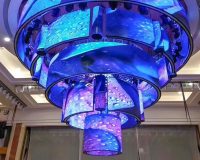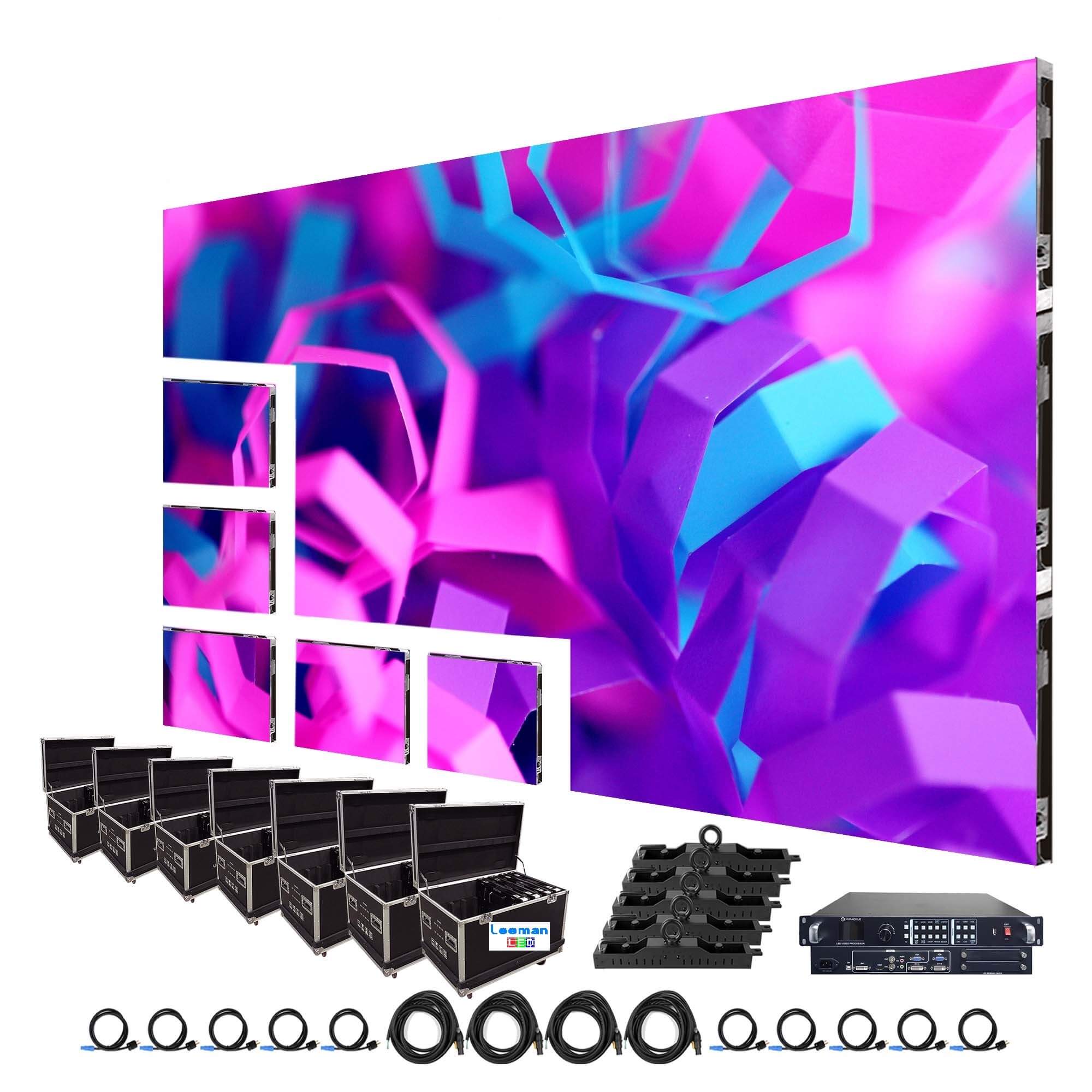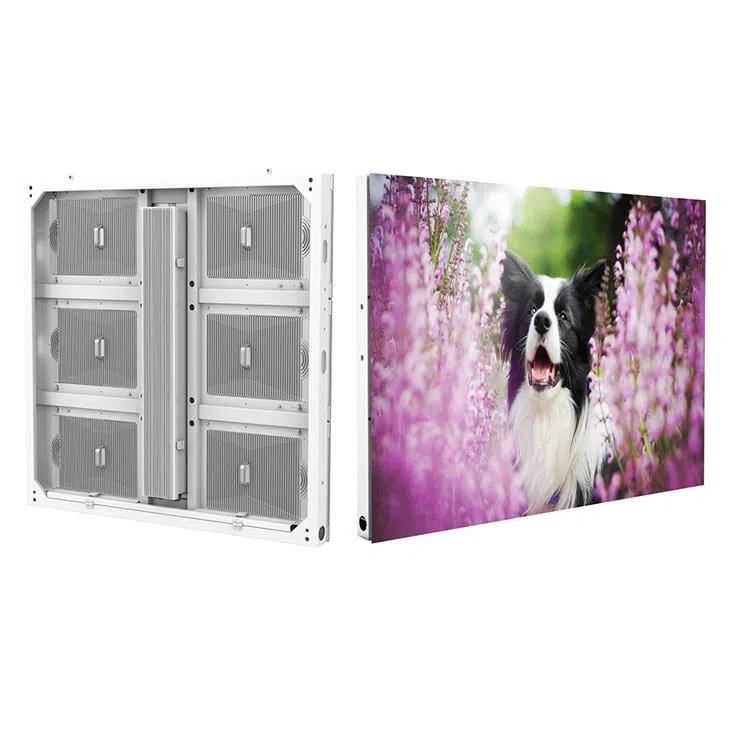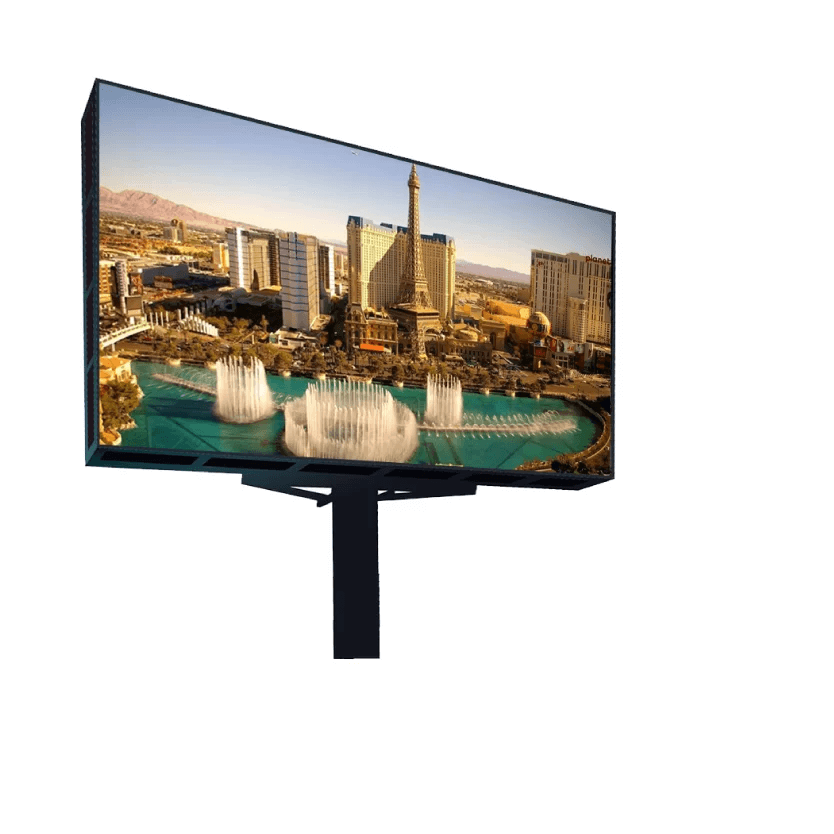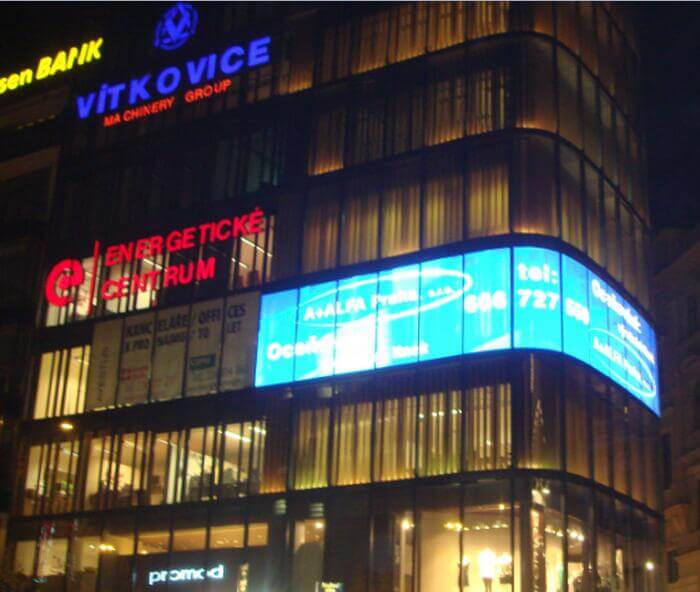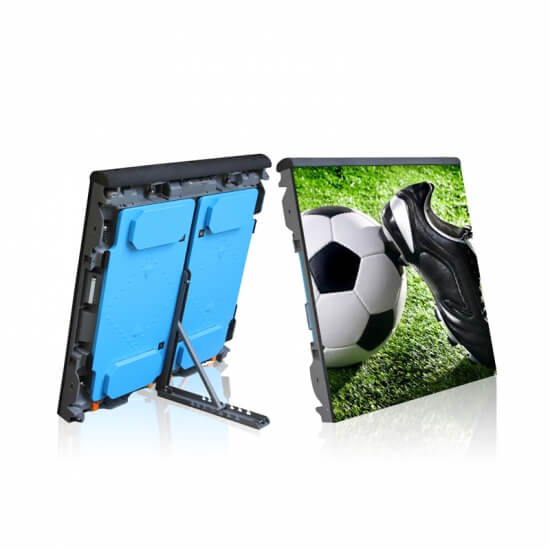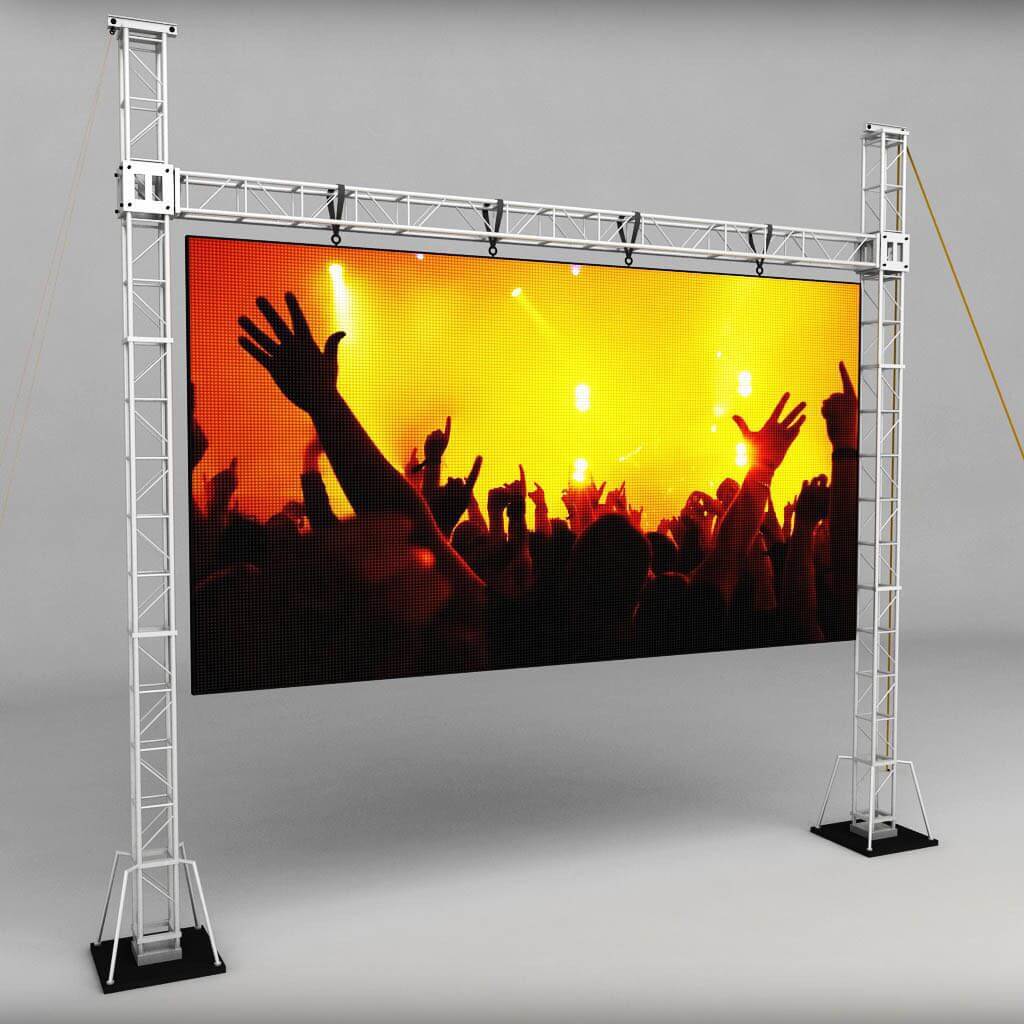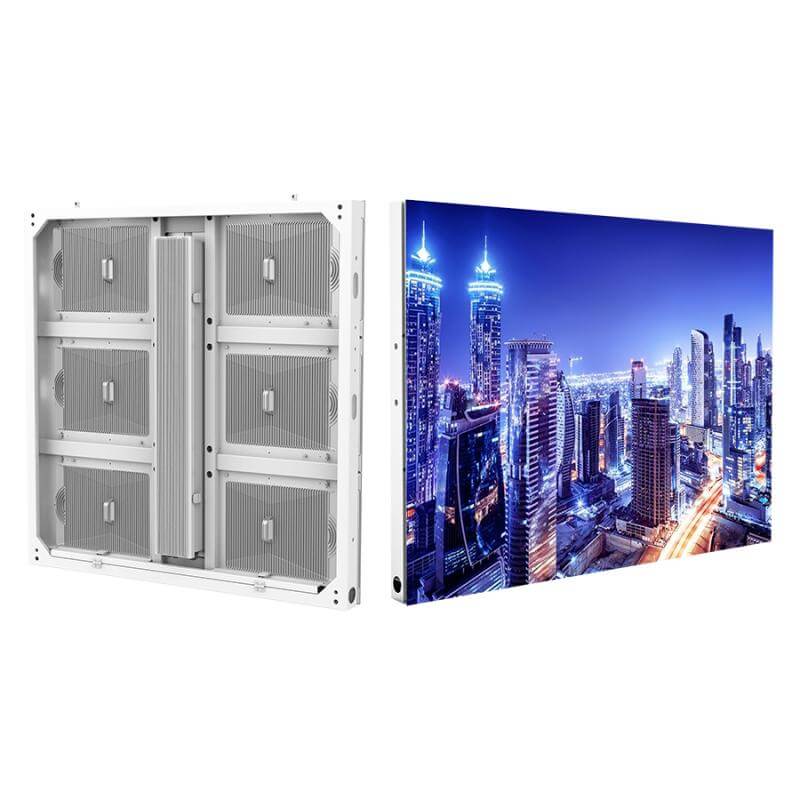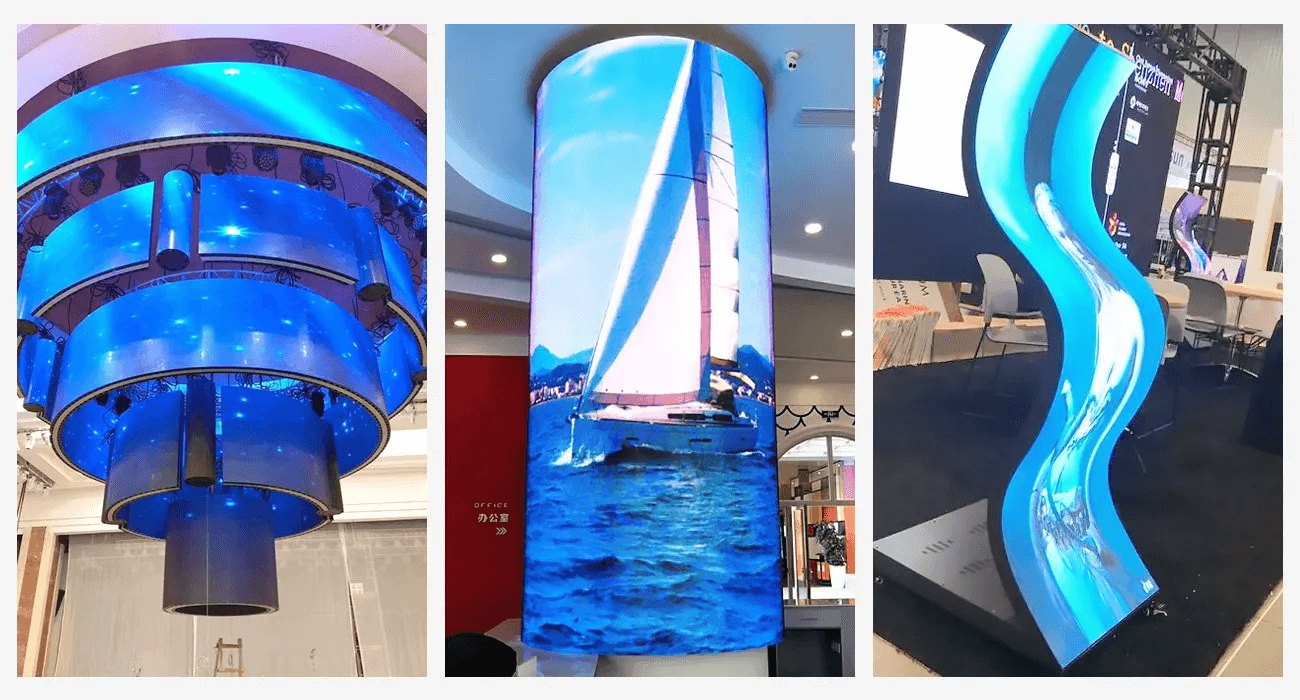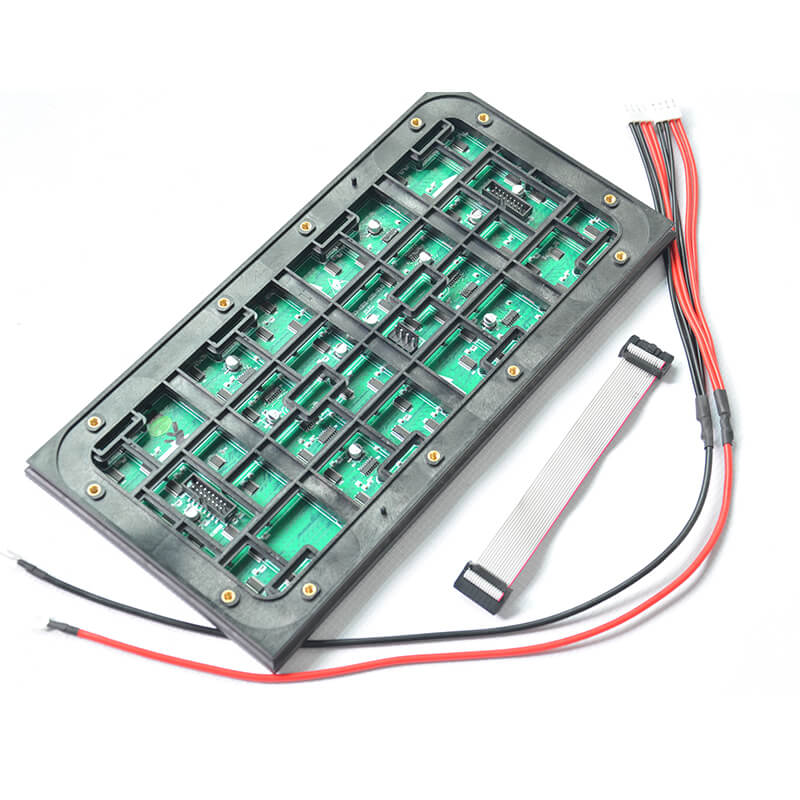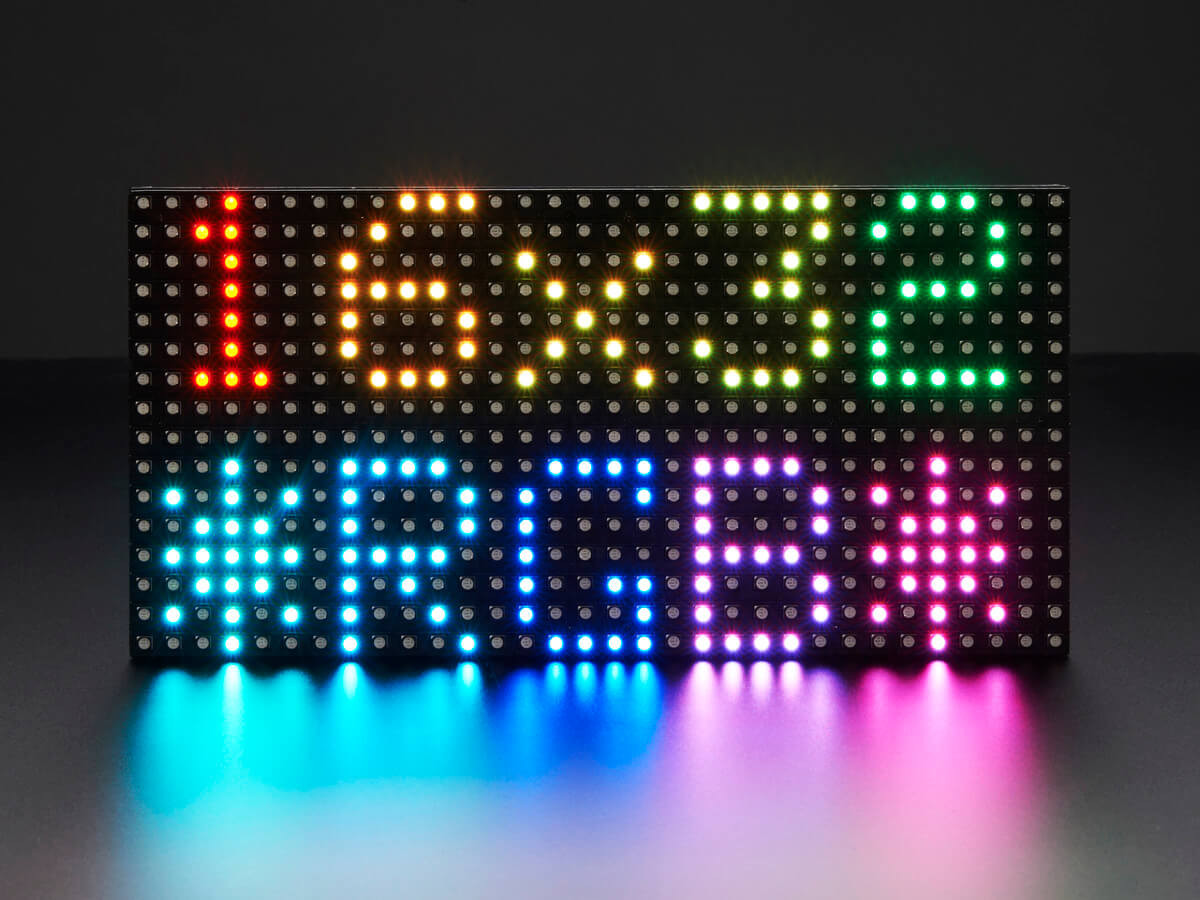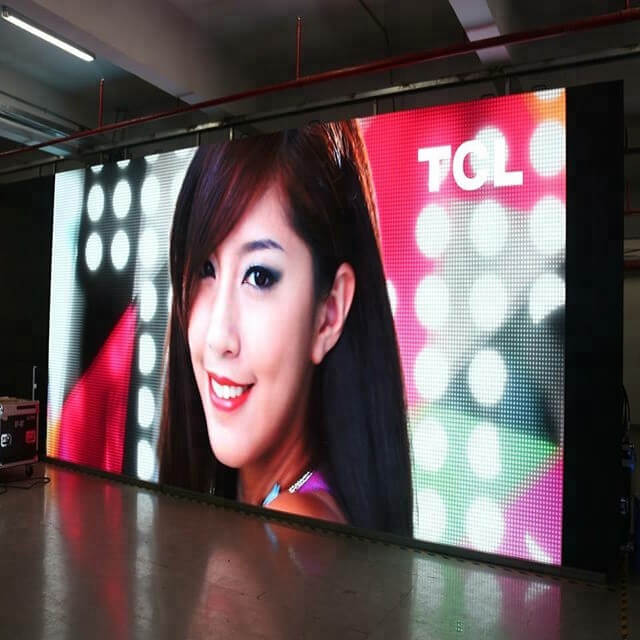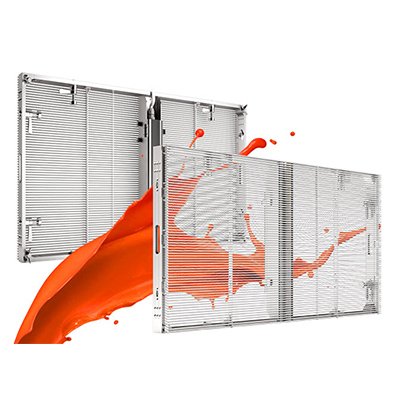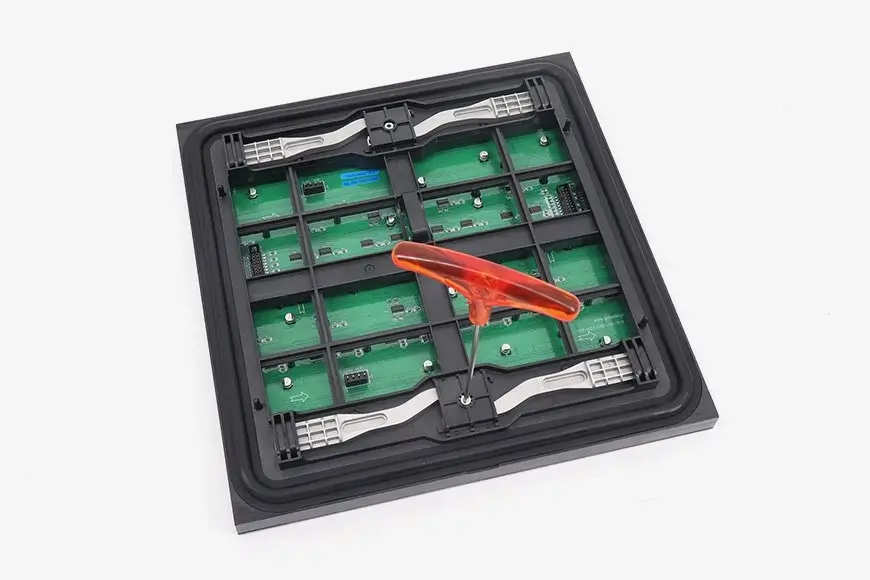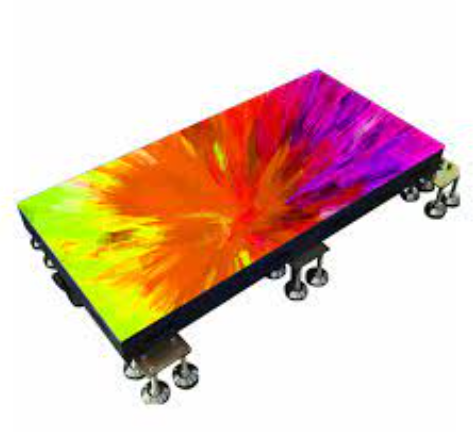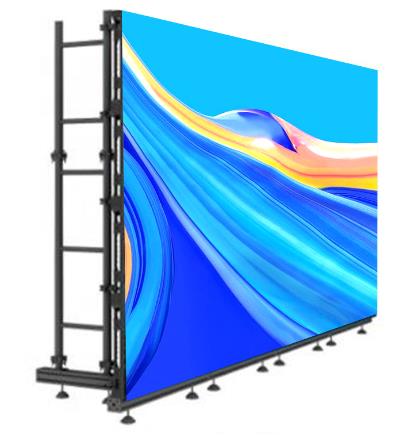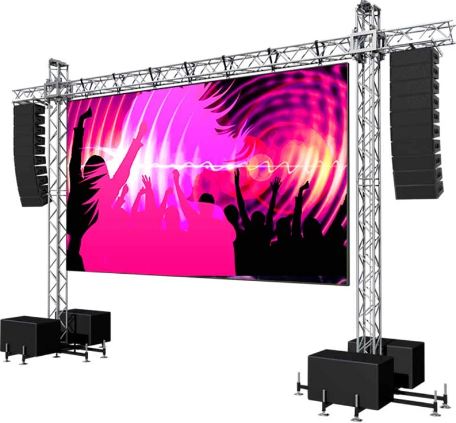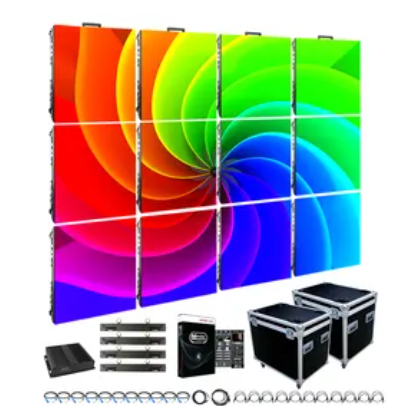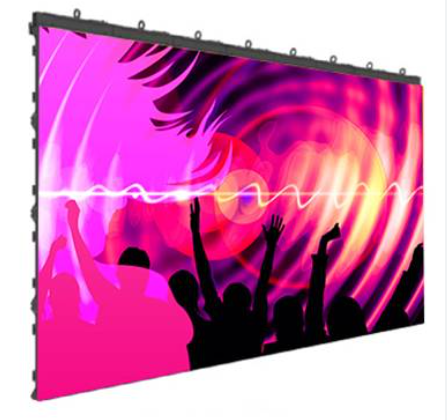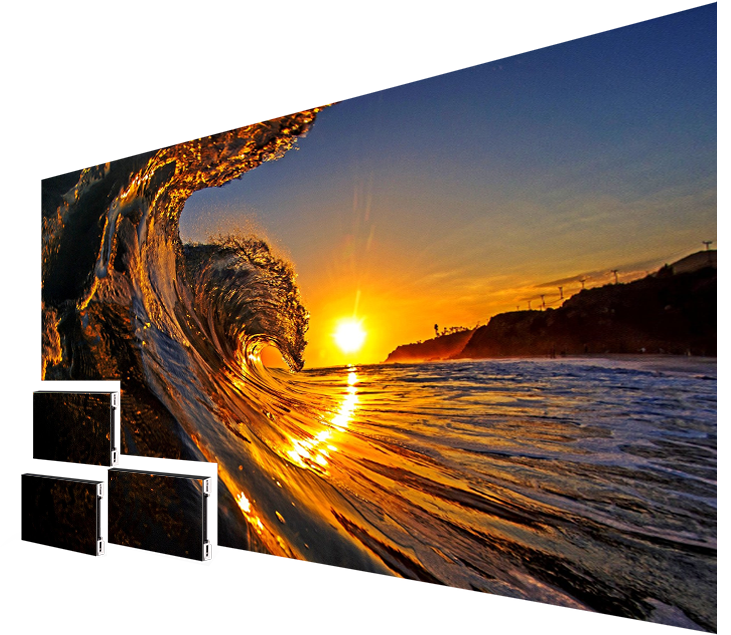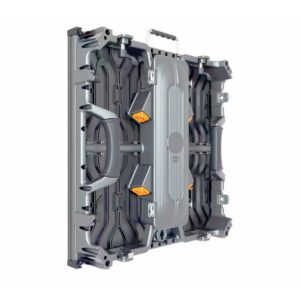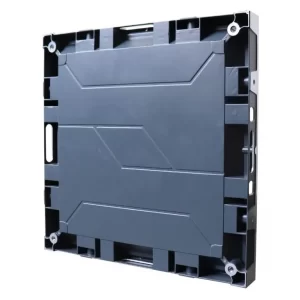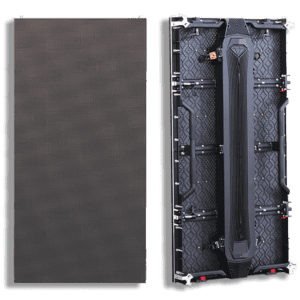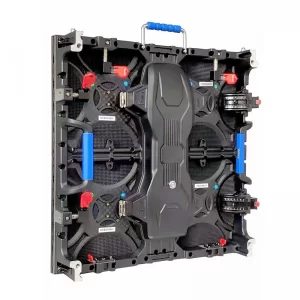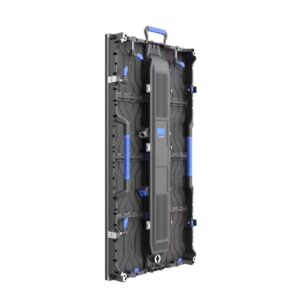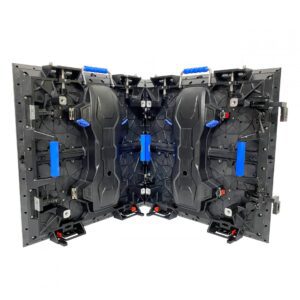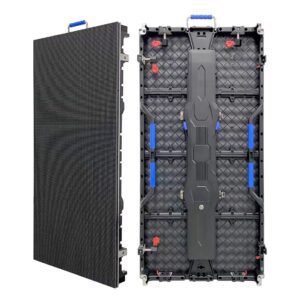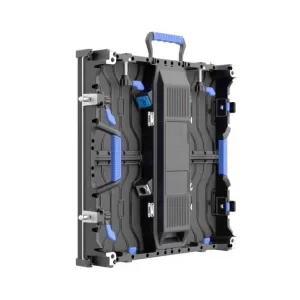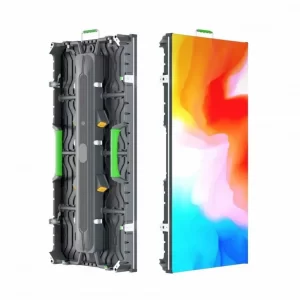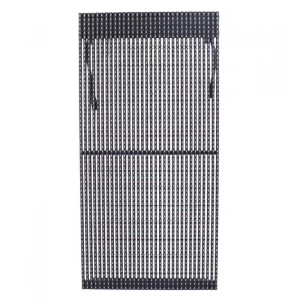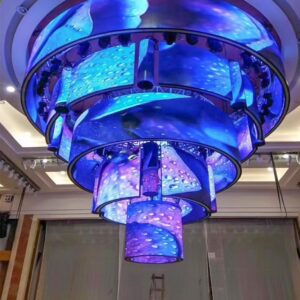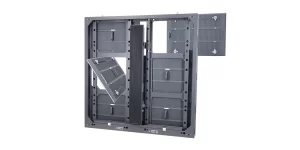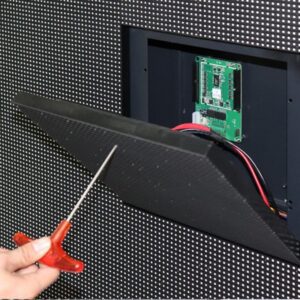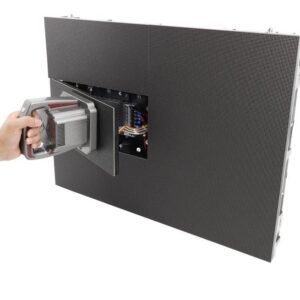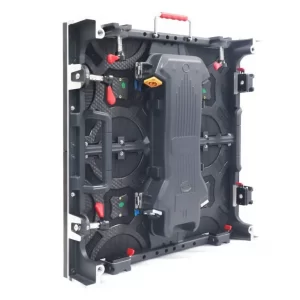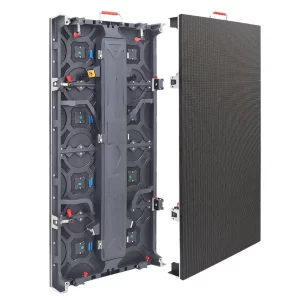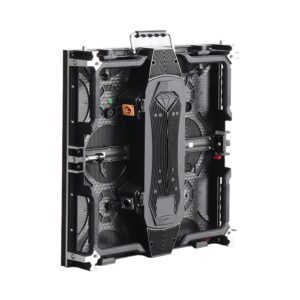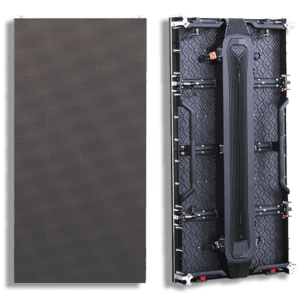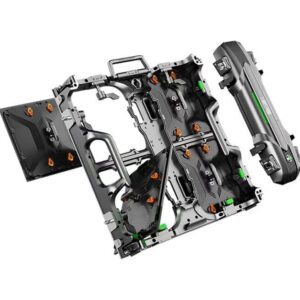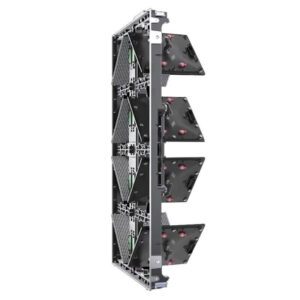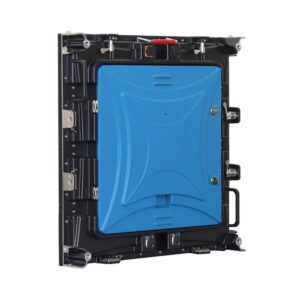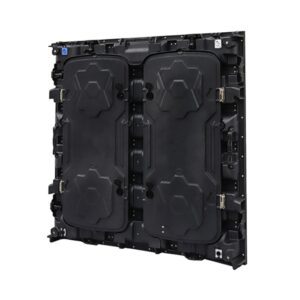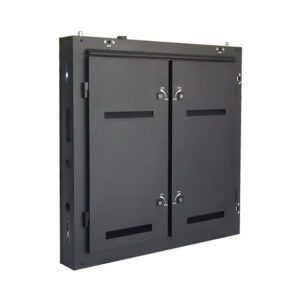Indoor Outdoor LED Display have become ubiquitous in our visual landscape, gracing the walls of businesses, stadiums, and even our living rooms.
But not all LEDs are created equal.
When choosing an LED display, one of the most critical factors to consider is where it will be installed: indoors or outdoors?
Each environment has its own set of challenges and requirements, which means the ideal display will differ.
1. Brightness:
Indoor:
In controlled environments like lobbies, conference rooms, and retail spaces, ambient light is usually subdued. Therefore, indoor LED displays don’t need to be blindingly bright. In fact, excessive brightness can lead to eye strain and discomfort. Typical indoor displays have a brightness level of around 500 nits, which is comparable to a laptop screen.
Outdoor:
Mother Nature throws everything at outdoor displays, from scorching sun to blinding snow. To combat this, outdoor displays pack a punch with brightness levels reaching a staggering 7,000 nits (14 times brighter than the sun!). This ensures clear visibility even in direct sunlight.
2. Resolution:
Indoor:
When viewers are up close and personal with the display, like in a restaurant or museum, high resolution is crucial. Indoor displays boast pixel pitches as low as 1.2mm, meaning individual pixels are tightly packed together, creating sharp and detailed images.
Outdoor:
Since outdoor displays are typically viewed from further distances, pixel pitch can be larger (up to 25mm) without sacrificing clarity. This keeps costs down and makes the display easier to see from afar.
3. Durability:
Indoor:
Protected from the elements, indoor displays don’t need to be weatherproof. Their focus is on aesthetics and performance, often featuring sleek, lightweight designs.
Outdoor:
Rain, shine, or hail, outdoor displays must stand strong. They’re built with rugged materials like aluminum and polycarbonate, boasting waterproof and dustproof ratings to withstand the harshest conditions. Some even have anti-reflective coatings for optimal visibility in any weather.
4. Maintenance:
Indoor:
With their controlled environment and simpler construction, indoor displays typically require minimal maintenance. Regular cleaning and occasional software updates are usually sufficient.
Outdoor:
Exposed to the elements, outdoor displays demand more TLC. Regular inspections for water damage, corrosion, and loose components are essential. Additionally, the higher brightness levels may necessitate more frequent LED replacements.
5. Cost:
Indoor:
Due to their simpler design and lower brightness requirements, indoor displays tend to be more affordable than their outdoor counterparts.
Outdoor:
The rugged construction, weatherproofing, and high brightness come at a price. Outdoor displays can be significantly more expensive than indoor models.
Choosing the Right Display
By understanding the key differences between indoor and outdoor LED displays, you can make an informed decision that meets your specific needs and budget.
Whether you’re captivating customers in your store, informing attendees at a conference, or brightening up your living room with stunning visuals, LEEMAN LED has the perfect Indoor Outdoor LED Display solutions for you.

